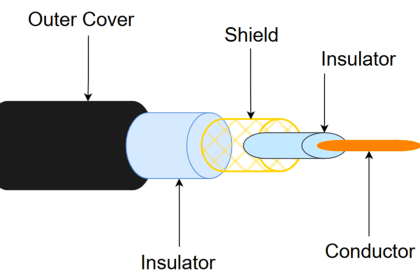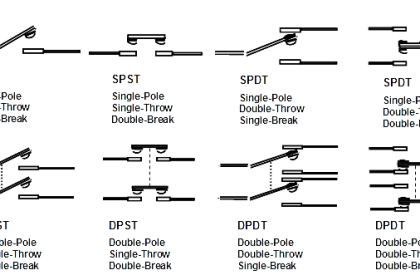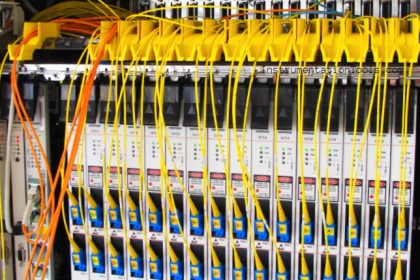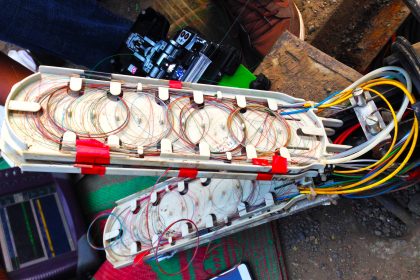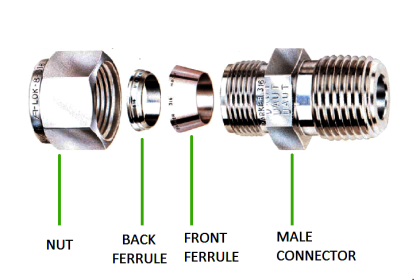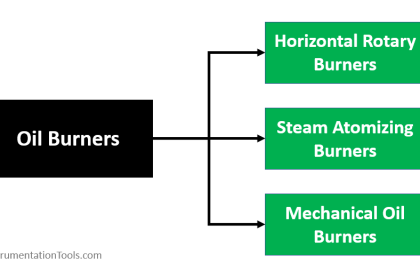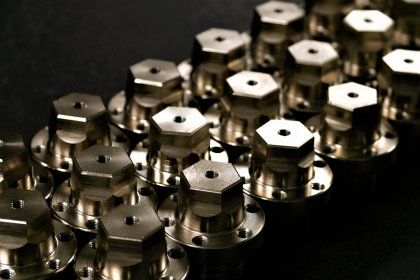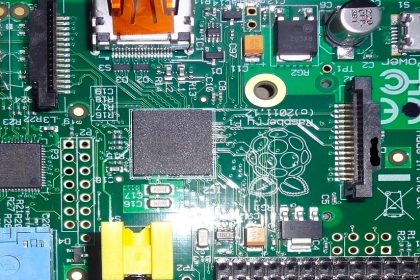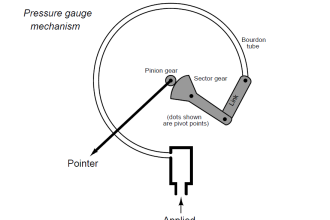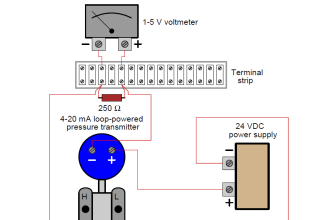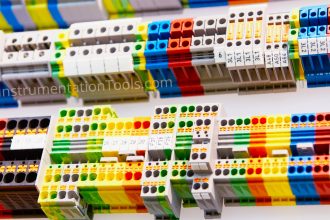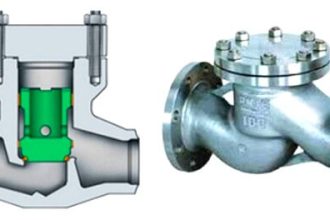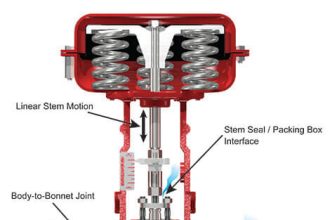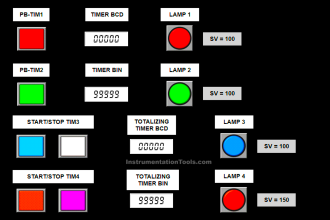If you’re one of the many homeowners who like to tackle home improvement projects without professional help, then you probably have several power tools in your arsenal.
Just as how hands-on you are in resolving issues or doing significant renovations and improvements in your home with your devices, you may also take it upon yourself to tinker with your tools when they start acting up.
While numerous working parts are within most power tools, one of the most common culprits is the carbon brush. This small electric motor part serves as the conductor of electric current between the stationary and rotating wires, preventing sparks and regular wear and tear to the motor. As such, it’s prone to wearing due to friction, causing temporary malfunctions on your power tools.
Fortunately, carbon brushes are replaceable.
Where To Shop For Replacement Carbon Brushes
As carbon brushes reduce damage to the motor and prevent wired parts from coming into contact, these electrical parts tend to wear down. Fortunately, replacement carbon brushes are readily available and come in different sizes and shapes.
Online stores like TDO Carbon offer a range of replacement carbon brushes to buy online. With replacement carbon brushes, you can extend the life of your tools, ultimately saving you money.
When To Replace Carbon Brushes
How do you know when to replace the carbon brush in your power tool? Look for these four signs of worn-out or damaged carbon brushes telling you to replace them immediately.
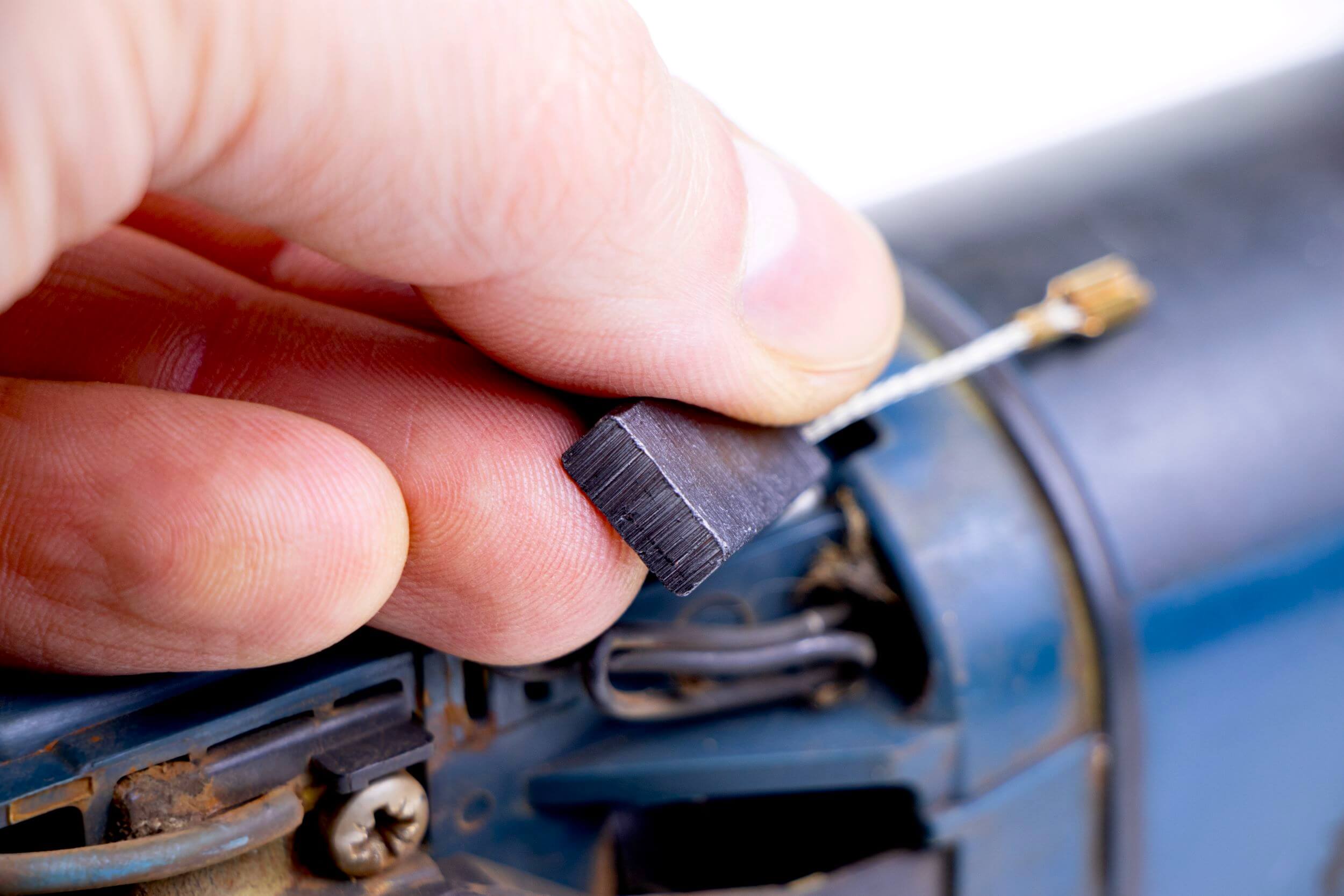
It Starts To Spark
Some power tools, such as angle grinders, produce sparks when used on metal materials. However, if sparks originated from within the power tool, then your carbon brush is already at its limit.
As carbon brush separates motors, a worn-out and thin carbon brush can cause these parts to connect, causing sparks. Also, carbon brush specks tend to scatter within, blocking the air vents of your tools. If sparks occur due to worn-out carbon brushes, replace the brush immediately to prevent fire and electrical hazards.
It Produces A Burnt Smell
Power tools tend to produce heat and friction during use, creating a strong burning smell, especially when used for long periods.
However, if you notice a burning smell even after a few seconds or minutes of using the tool, check the condition of your carbon brush. Worn-down carbon brushes create friction between parts, causing a burning smell in your machine.
The Tool Becomes Inefficient
When your cordless drill seems to rotate slowly, you should check your carbon brush. While an inefficient tool may have varying causes, a worn-out carbon brush is often the cause that reduces its overall power and performance.
When carbon brushes are damaged, it causes an interrupted flow of current, thereby generating lower power. If the carbon brush is already thin, your power tool will simply stop working.
You Can See Discolouration or Physical Damage
Sometimes, a simple visual inspection can tell you when it’s time to replace the carbon brush of a certain power tool.
You’ll see discoloration due to overheating, the heavy release of carbon specks, or visible crumbles which indicate that your carbon brush is at its limit.
How To Replace Carbon Brushes In Your Power Tool?
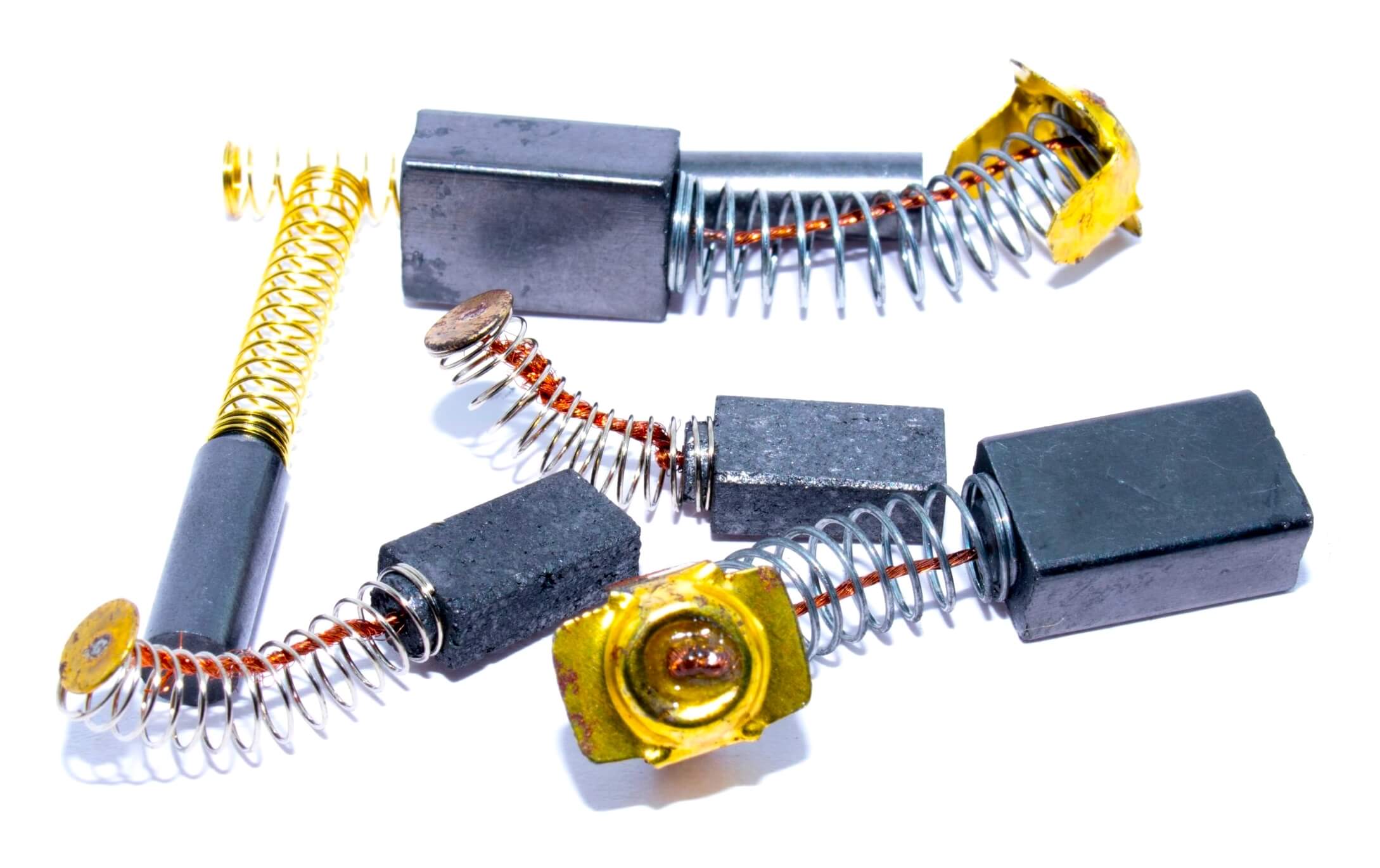
Carbon brushes are some of the easiest parts to replace in power tools. While each tool may be different, here are the basic steps when replacing a worn-out carbon brush.
- First off, make sure that the power tool is unplugged.
- Remove the motor from the power tool. In most power tools, you simply need to remove the cover of the motor. You’ll need to undo bolds or screws which might be holding it in place.
- Find the carbon brush of the motor. Most carbon brushes are small, rectangular parts with a connected spring and wire and a metal part at the other end.
- Once you find it, remove its electrical wires. Pull it from its housing and pay attention to what direction it’s in.
- Simply insert the new carbon brush and do the steps in reverse.
As always, when handling complex tools, be extra careful when replacing certain parts.
Takeaway
Carbon brushes are critical parts of your power tool. However, due to their role, carbon brushes are prone to wear over time. By knowing when to replace your carbon brush, you can avoid the frustration of when your tool stops working. Learning how to replace these parts also allows you to go back to your interrupted project in no time.
